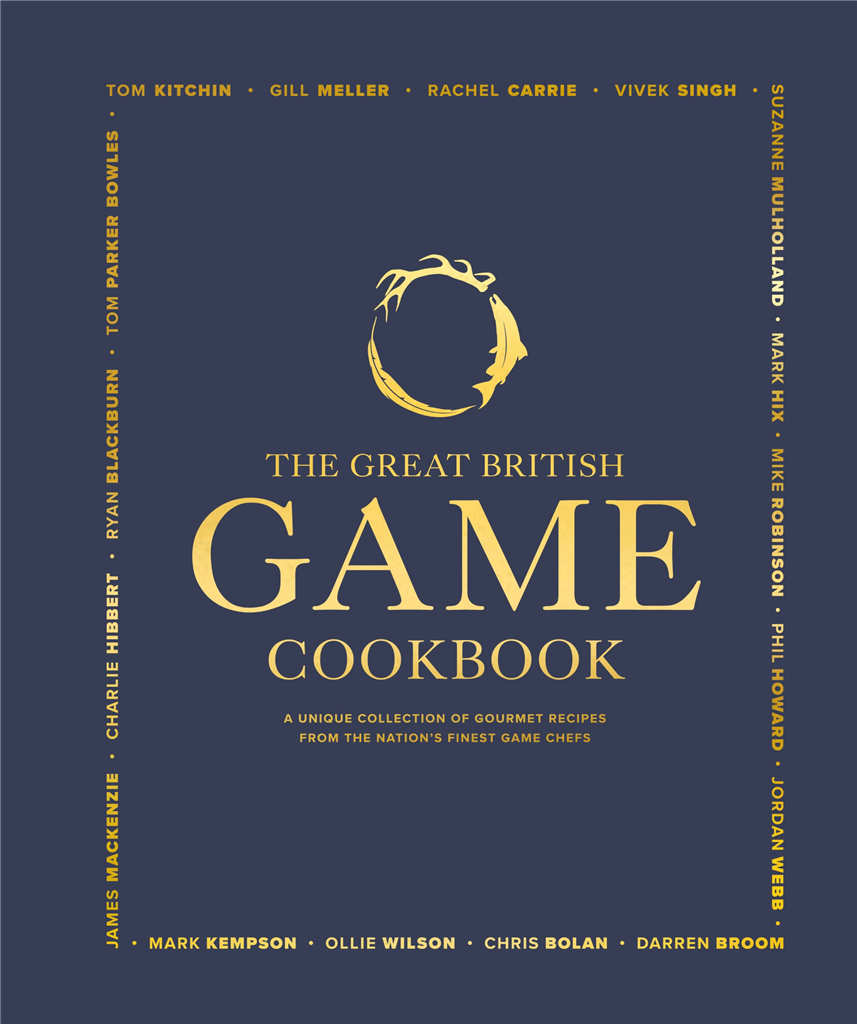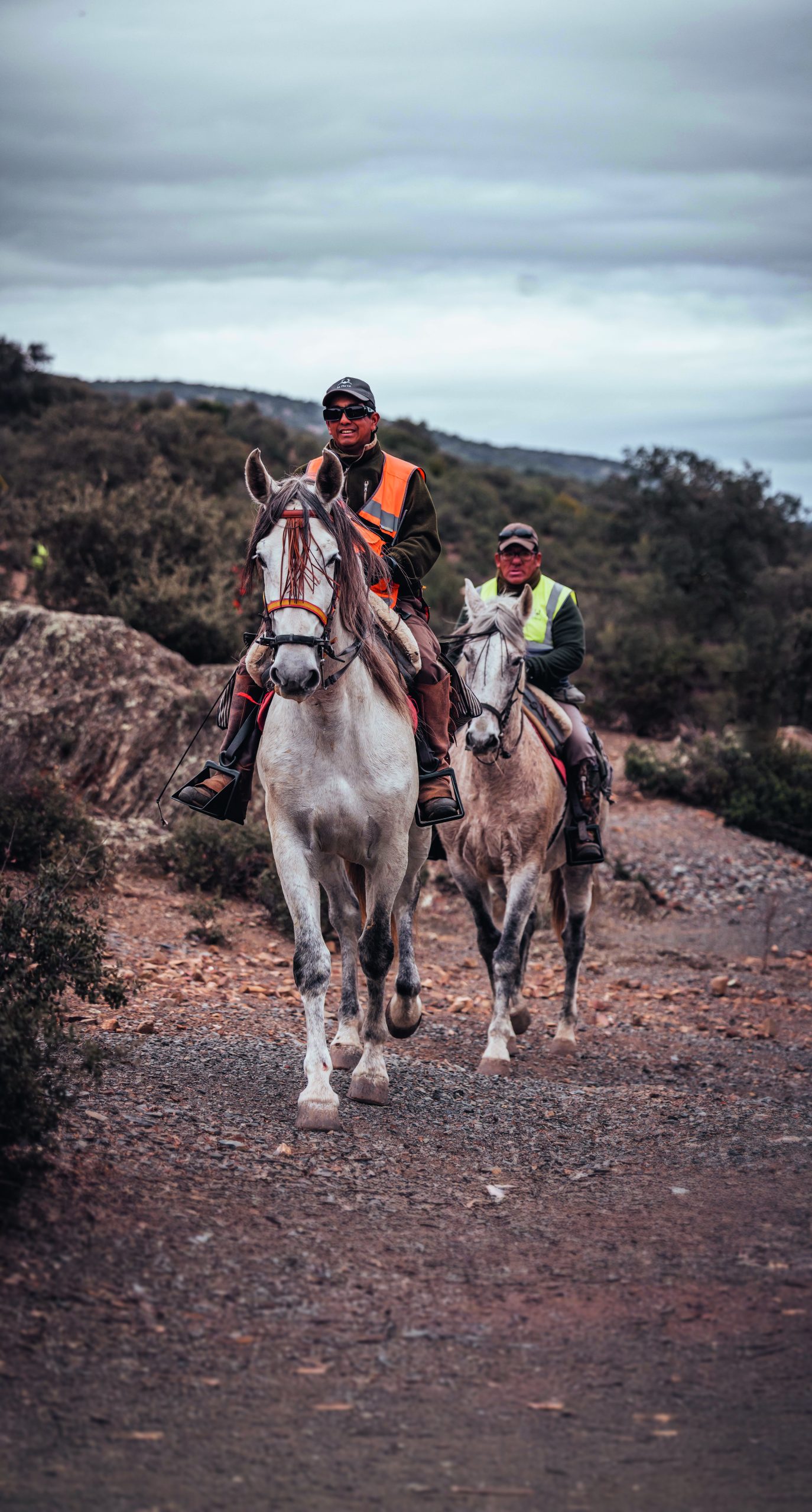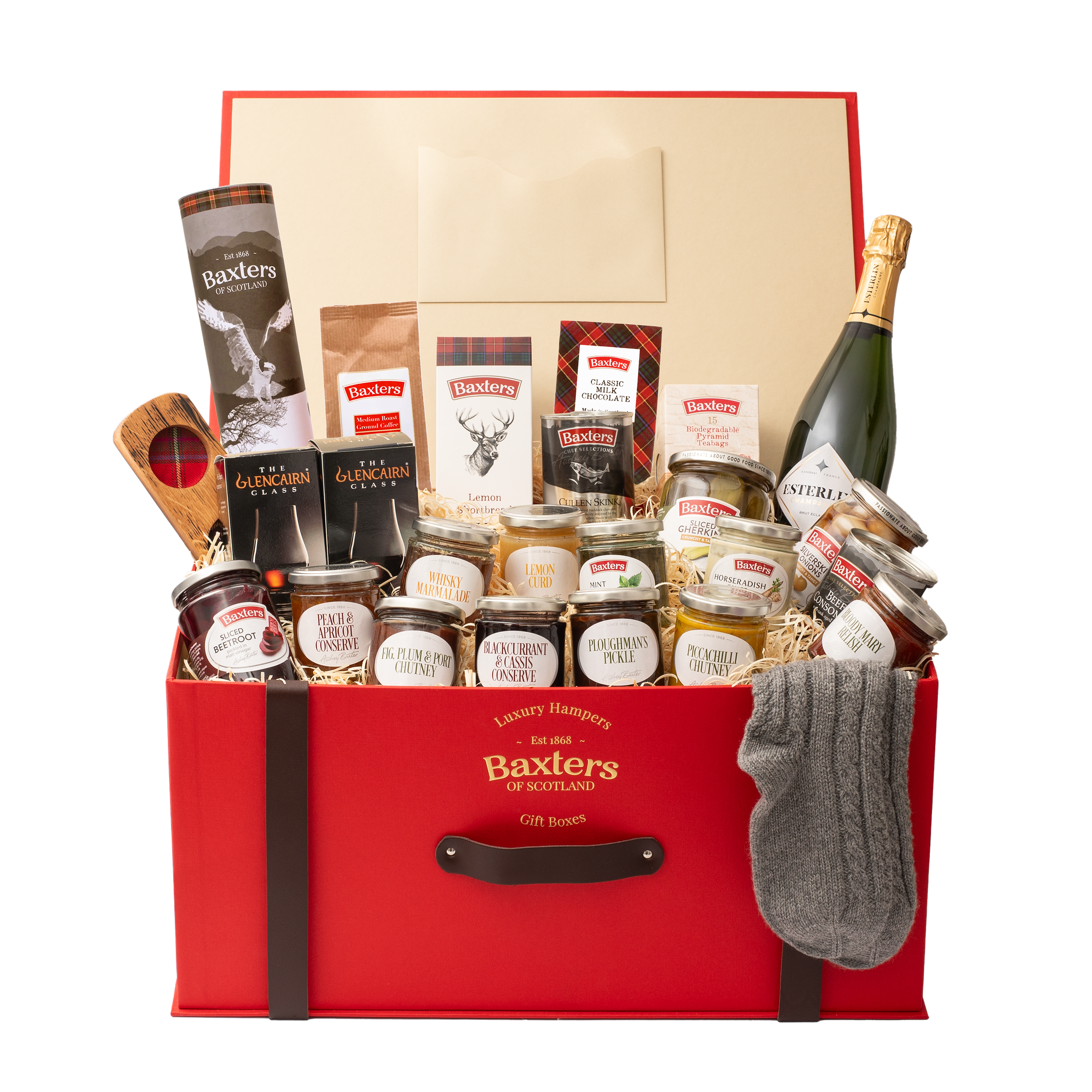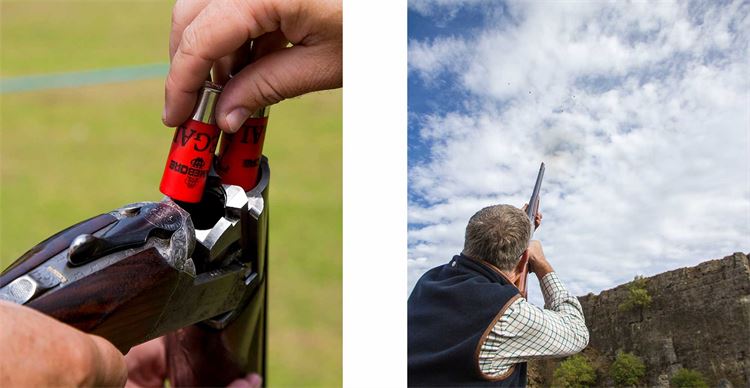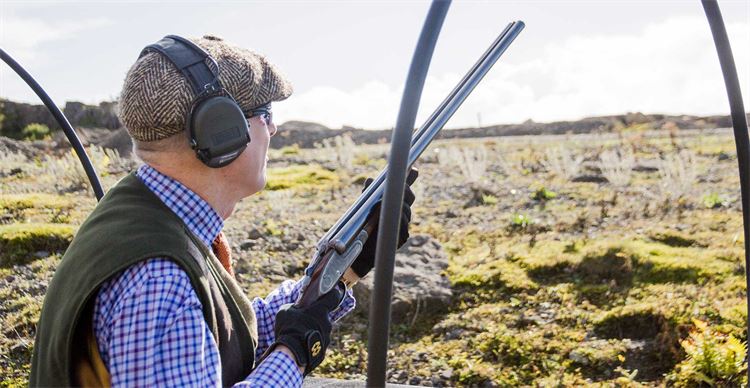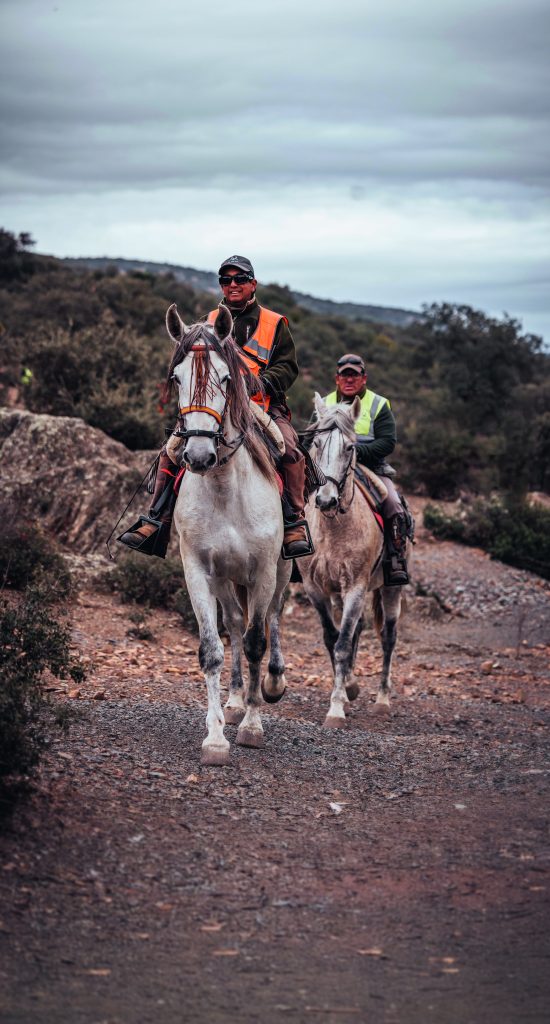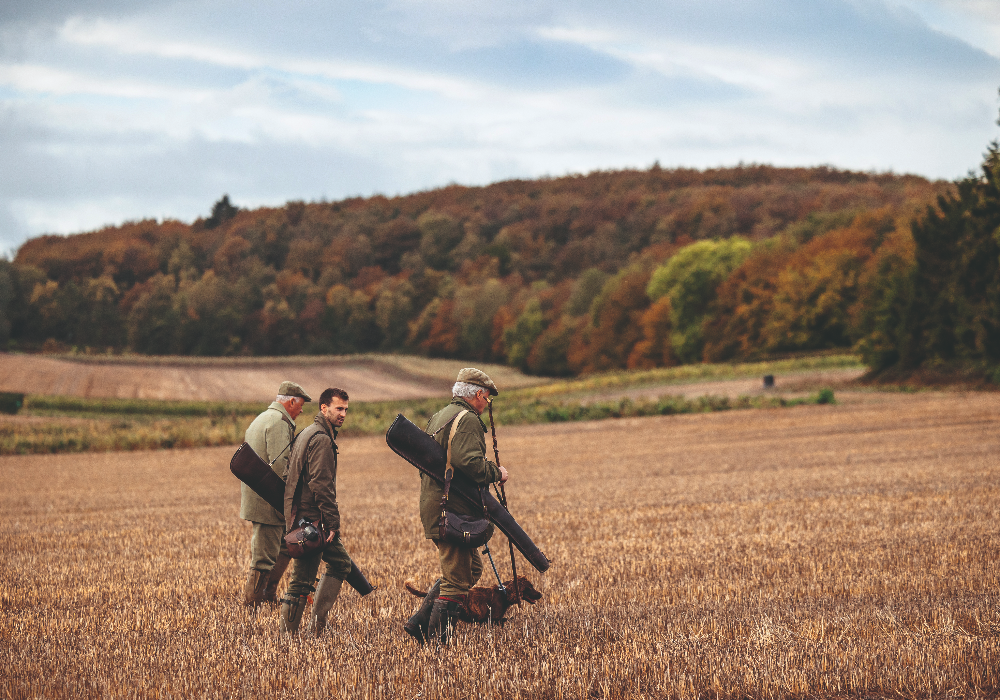How to shoot clays to improve your game shooting
Top game shooting instructor Simon Ward offers his advice for making the most of your visits to the shooting ground.

How you approach your trips to your local clay ground will depend entirely on where you want to take your game shooting. There is nothing to stop you from having fun while you are there, but the key is to have a clear idea of what you are trying to achieve, and a structured plan. And rather than thinking of it as practice, think of it as training; if you want to make the most of it, you need to take it seriously.
Any shooting you do, whether it is at clays, pigeons or game, will ultimately translate into muscle memory and habit. So practising poor technique will only compound the situation. Therefore, if you are struggling with a particular bird, or if you aren’t happy with an aspect of your technique, the first thing you need to do is get some help. Either book a lesson with an instructor, or have an experienced Shot look at what you are doing. Trying to work out what you are doing wrong on your own can be both frustrating and counterproductive.
Only once you have ironed out any major faults in your technique and/or established how to tackle a particular bird that you might be struggling with, should you practise on your own. Having said that, shooting on one’s own can be invaluable because it forces you to think for yourself and self-diagnose your faults when things aren’t going well. And the more time you spend with a gun, training, the better you will become – it’s like putting money in the bank for later in the year when you need it.
Stick to a plan
You may be having trouble with a particular bird, or you may just want to work on your technique in preparation for the shooting season, arrive at the shooting ground with a plan. Regardless of whether you will be there for an hour or all morning, start off with a few of your favourite clays as it will help to build your confidence up. In order to shoot well, you must be assertive and confident.
Having said that, there is no point in spending more than 10 minutes shooting clays that you know you can break easily; to improve you must push yourself out of your comfort zone.
Duration and frequency
As a rule of thumb, short, frequent sessions are better than long, infrequent ones. However, the key isn’t the amount of time you spend at the clay ground, but how you use that time. Remain focussed and make each and every shot/clay count.
The length of your session will once again depend on what you want to achieve. If you want to work on three different birds, you will need a minimum of an hour and a half (you should do at least two separate sessions on each bird). If you only have an hour, focus on one or two clays and no more. However, if you stay on one clay for a whole hour, you will get bored, so spend 15 minutes on a bird, take a break, do something completely different for 10 minutes, and then come back to it. And make sure you end up/finish off on a positive note; at the end of your session, you should be confident that you have mastered that particular shot or at the very least made considerable progress.
In terms of the number of clays per session, I would suggest a rate of 25 clays per 15-minute session is a good, steady pace (100 per hour) for an intermediate Shot. For experienced Shots, 150 per hour is pretty reasonable. What is key is that you are using those clays to put solid building blocks in place.
In an ideal world, one should really visit the clay ground at least once a fortnight, but of course there will be times when this just isn’t possible. At such times, you should try to practise your gunmount, swing and technique at home, using a pair of snap caps. I can’t stress enough how important and beneficial this can be as it helps you to build muscle memory which helps you to shoot instinctively, which is key for game shooting.
Keep your sessions relevant
It is really important to make your sessions at the clay ground as relevant as possible, so you should do everything you can to simulate a game shooting environment.
For instance, if you have shot a particular stand before or seen someone else shoot it, you might be tempted to move your feet into the correct position before calling ‘pull’. This will obviously improve your score, but it will do nothing to improve your performance in the field. Even when you know where a clay is coming from and headed to, only move your feet when you see the clay – this will teach you to move your feet instinctively, without thinking about it, which is really crucial in game shooting.
Moving one’s feet must become second nature, I can’t stress this enough. And if you are with an instructor, tell them not to allow you to get away with moving your feet into position before the clay is in sight. Equally, starting with your gun already mounted won’t do you any favours in the long term. The key is to avoid cutting corners.
On that note, don’t be satisfied with a single-pellet break or a clay that breaks in two. If it was a pheasant, the chances are it would be a runner. So aim to dust your clays consistently, which will indicate that you are hitting the clay with the centre of your pattern. After enough practise, you may find you are taking the leading-edge off a clay – this is a good thing because, ideally, you really want to be hitting pheasants, partridges and grouse in the front-half of the body.
Guns, cartridges and clothing
The importance of keeping your clay sessions as relevant as possible also applies to your gun, cartridges and clothing. Once again, you want to be simulating as closely as possible the type of game shooting you are preparing for.
So make sure you are using the same gun and choke combination that you will be using in the field (i.e. if your gun is fitted with multichokes and you would ordinarily shoot driven grouse with and , then practise for grouse with that choke combination).
The other thing to bear in mind is what you are wearing. If you are practising for the pheasant season during the summer, you probably won’t be wearing a jersey and the same shooting coat that you would on a cold December day. To compensate for this, you should either shoot with a shoulder pad, or have a pad sewn into a lightweight shooting vest. Again, every effort should be made to replicate the particular game shooting scenario you are preparing for.
In terms of cartridges, most clay grounds stipulate a maximum load of 28g and a maximum shot size of No. 6, which means that you may not be able to practise with your preferred game loads. So, if you are serious about achieving a greater level of consistency in game shooting, I would recommend using a cartridge with a similar down-range velocity to your preferred game load (shot size and load are less important). A difference of 100fps will be noticeable on a high pheasant or a clay from a high tower in terms of the amount of lead required. Also, I would recommend using fibre wad cartridges for clays.
Which clays are best?
Obviously, it makes no sense to shoot clays that don’t simulate game; i.e. if the point of your visit to the clay ground is to practise for high pheasants, there would be no sense in shooting bolting rabbits! So focus on clays that simulate game as closely as possible.
Having said that, don’t assume that if you want to practise for driven grouse, the only stand you should visit is the grouse butt. For instance, a bolting rabbit can be beneficial for grouse shooting, as can loopers. You just apply the technique required to whatever scenario you are faced with in the field. So give it some thought and think about the sort of shots you will be taking in the field.
Mix things up
Once you have mastered a particular clay, it is important to mix things up by shooting a range of different clays in fairly quick succession. A stand from which a number of different clays can be shot – like a simulated grouse sequence, or a high tower with a number of different traps – can be particularly useful. Get a friend or instructor to send a range of different clays (size, angle, speed and height) without warning – you will have no choice but to shoot instinctively. And remember to concentrate on your footwork.
Likewise, simultaneous pairs and flushes can be beneficial as they will help with bird selection and train you to focus on one clay at a time without getting distracted by any others that are in the air at the same time – the key is to focus on each bird intently in turn. The same applies to flushes and simulated days.
It is also a good idea to shoot a range of different sizes of clay, from standard clays to battues, midis, and minis. The variation in size and speed will teach you to read a bird better and, again, to shoot instinctively. Although minis can be deceiving and may appear further away than they really are, this is also good practise for mixed days when you will be shooting pheasants and partridges on the same drives.
When the wheels come off
We all have times when, for whatever reason, we find that we are missing more birds/clays than we should be. What is important, is how we respond and react when this happens.
Some people aren’t particularly phased by this and can move onto the next bird/clay without it affecting their mood or frame of mind, whereas other people get really despondent or frustrated and struggle to shift their focus onto the next bird/clay.
If you fall into the latter camp, the best thing you can do is go for a walk, calm down, and come back to it when you are in the right frame of mind. It is really important that you have a positive attitude when you are shooting clays or game.
Related Articles
Get the latest news delivered direct to your door
Subscribe to Fieldsports Journal
Elevate your experience in the field with a subscription to Fieldsports Journal, the premium publication for passionate country sports enthusiasts. This bi-monthly journal delivers unparalleled coverage of game shooting, fishing and big game across the UK and beyond.
Each issue offers a stunning collection of in-depth features, expert opinions and world-class photography, all presented in a timeless yet contemporary design.
Save 10% on shop price when you subscribe, with a choice of packages that work for you. Choose from Print & Digital or Digital only with each journal delivered directly to your door or via the app every other month, plus access to past issues with the digital back issue library.



